Bacterial vaginosis (BV) and yeast infections are common vaginal conditions that share some symptoms so it can be difficult to know which you have. Knowing the difference is essential for proper diagnosis and treatment.
What is Bacterial Vaginosis?
Bacterial vaginosis is a common vaginal infection caused by an imbalance in the natural bacterial flora of the vagina. Normally, the vagina is home to a diverse range of bacteria, with lactobacilli being the predominant type. In cases of BV, there’s an overgrowth of harmful bacteria like Gardnerella vaginalis, leading to an upset in the bacterial equilibrium.
Symptoms of Bacterial Vaginosis
- Vaginal Odor: A strong, fishy odor, particularly after sexual intercourse.
- Abnormal Discharge: A thin, grayish-white discharge with a noticeable increase in volume is common in BV cases.
- Itching or Burning: Some women with BV may experience mild itching or burning around the vaginal area.
- No Significant Pain: BV generally doesn’t cause significant pain or discomfort, unlike yeast infections.
What is a Yeast Infection?
Yeast infections, medically known as vulvovaginal candidiasis, are caused by an overgrowth of the fungus Candida albicans. Candida naturally resides in the vaginal area, but under certain conditions, it can multiply excessively and cause an infection.
Symptoms of Yeast Infection
Vaginal Itching and Discomfort: Intense itching and discomfort, often accompanied by redness and swelling of the vulva, are common symptoms of a yeast infection.
Thick, Cottage Cheese-like Discharge: The discharge associated with yeast infections is typically thick, white, and resembles cottage cheese.
Painful Urination or Intercourse: Yeast infections can cause pain or burning during urination and sexual intercourse.
A Side-by-Side Comparison
When it comes to identifying and differentiating between BV and yeast infections, understanding the key differences in their symptoms is crucial. To help you discern between these two common vaginal conditions, here’s a side-by-side comparison:

Diagnosis and Treatment
It’s crucial to consult a healthcare provider for an accurate diagnosis before starting any treatment. Doctors often diagnose both BV and yeast infections through a combination of symptoms, physical examination, and laboratory tests, such as vaginal swabs.
Treatment for bacterial vaginosis typically involves antibiotics like metronidazole or clindamycin, which help restore the normal balance of vaginal bacteria. Yeast infections are typically treated with antifungal medications like fluconazole, available both as prescription and over-the-counter options.
Preventive Measures
To maintain vaginal health and reduce the risk of both bacterial vaginosis and yeast infections, consider these preventive measures:
- Practice Good Hygiene: Clean the vaginal area with mild soap and water, and avoid douching, as it can disrupt the natural balance.
- Cotton Underwear: Wear breathable cotton underwear and avoid tight-fitting clothing to promote air circulation.
- Probiotics: Consider incorporating probiotics into your diet or using vaginal probiotic supplements to support healthy bacterial flora.
- Limit Antibiotic Use: Overusing antibiotics can disrupt the natural bacterial balance in the vagina, potentially leading to infections.
Our OB/GYNs Are Here to Help You
While bacterial vaginosis and yeast infections can share some similar symptoms, their causes and treatments are distinct. If you’re experiencing unusual vaginal symptoms, seeking prompt medical attention is essential to receive an accurate diagnosis and appropriate treatment. Prioritizing good vaginal hygiene and adopting preventive measures can go a long way in maintaining vaginal health and preventing these common infections.
If you are experiencing any symptoms of either BV or a yeast infection, our board-certified OB/GYNs are here to help. Please contact us for an appointment at 770.720.7733 or request an appointment online.


